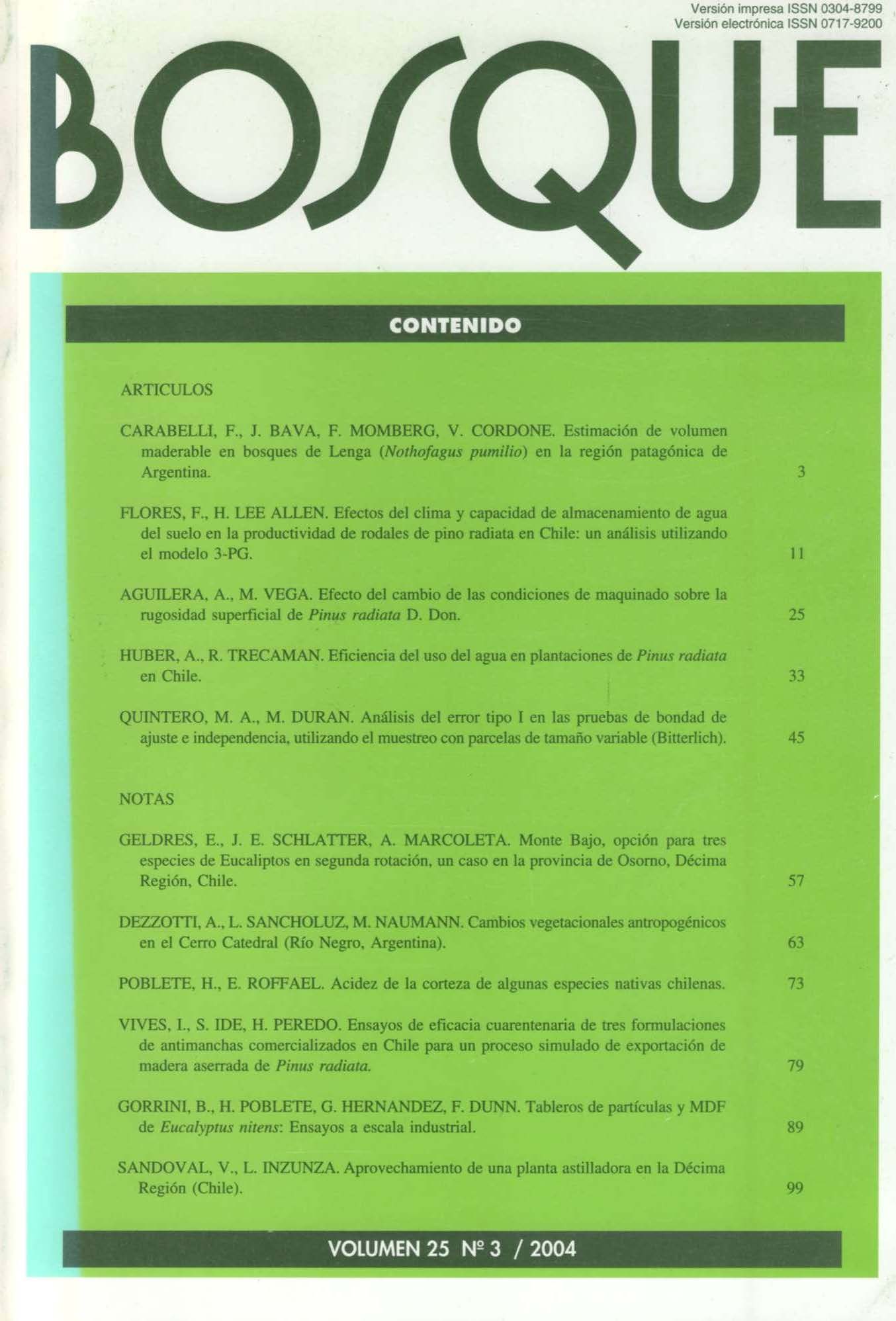Human impact and vegetation change in Mt. Catedral (Río Negro, Argentina)
Main Article Content
Abstract
Skiing started around 65 years ago on the northern sector of the eastern slope of Mt. Catedral (41°10’S, 71°30’W, 2,388 m), and currently the mountain hosts the most important winter sports center in South America. Current and potential vegetation types were compared, based on historical vegetation maps and photographs, topographic and climatic maps, recent aerial photographs and the forest structure. The modern vegetation is made up of: i) meadows (10.7% of the study area); ii) Austrocedrus chilensis forests (2.2%); iii) Nothofagus antarctica and Chusquea culeou shrublands (29.7%); iv) Nothofagus pumilio forests and shrublands (26.7%); and v) alpine vegetation (19.5%). Although large-scale disturbances occurred before 1937, the expansion of the ski center caused extensive clear-felling for construction of ski runs, slopes, roads, means of transport, and amenities. Around 9% of the originally forested land was completely replaced by secondary, anthropogenic areas (i.e., urban and non-wooded).The current stand structure reflects different disturbance regimes and forest recovery. The deforestation of this fragile ecosystem has resulted in landscape, soil, and biota degradation.

